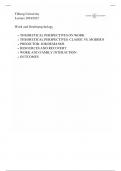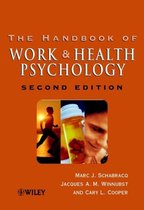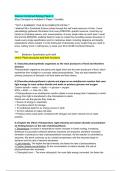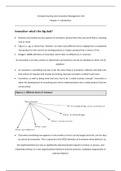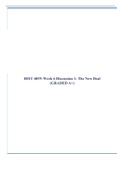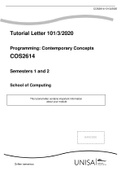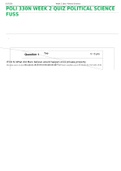College aantekeningen
Work and health psychology - all colleges notes Tilburg University 2024/2025
- Instelling
- Tilburg University (UVT)
These are all notes from work and health psychology from Tilburg University from 2024. See frontpage for all content please.
[Meer zien]
